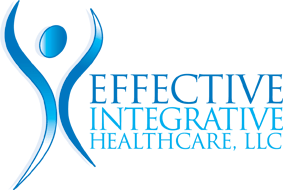How to Return to Exercise After an Injury
Whether you sprained your ankle, developed shin splints, or tore your ACL, you need time to recover. Once you’re ready to start exercising or playing sports again, ease yourself back into your routine with these tips.
Talk to Your Doctor
If you play on a competitive team, you may feel pressure from your teammates, coach, and even yourself to get back in the game as soon as possible. However, it’s important to speak with a medical professional before lacing up your sneakers. Either set an appointment with your doctor or speak with your physical therapist about when it’s safe to return to exercise.
Start Slow, Focusing on Quality Over Quantity
Perhaps you could do 20 perfect pushups before your shoulder injury, or you used to run four miles a day before you hurt your knee. You may be tempted to push yourself to the limit of your old physical capabilities as soon as you start exercising again, but remember, you need time to build back up to your previous skill level.
Plan to start at or below 50 percent of where you were before your injury. This might mean walking two miles a day instead of running four or doing five to 10 pushups from your knees instead of 20 full pushups. Focus on getting the form right, and don’t become discouraged if you can’t perform at a high volume right away. Increase your training by 10 to 15 percent each week—but only if you don’t have a symptom flare-up along the way.
Consider Cross-Training
Branching out to new activities that target different parts of your body is important to maintain overall fitness as your injury continues to heal. For instance, if you’re recovering from tennis elbow, try running or hiking to work out your lower body. If you twisted your ankle playing soccer, add a low-impact exercise like swimming to your training regimen.
Don’t Ignore Your Pain
You can expect a little discomfort as you transition from healing full time to getting physically active again. However, you should never push yourself until you’re miserable. And if the injured area starts to hurt, stop immediately. If you go too far, you may need to rest for one to three days before trying again.
Communicate with Your Coaches and Trainers
Whether you’re on a sporting team, participate in weekly yoga classes, or work with a personal trainer, remember to keep communication open. Let your coach, teacher, or trainer know that you’re recovering from an injury, and ask if you can do modified training sessions or workouts. The person supervising you should be happy to accommodate your needs as you continue down the path to full healing.
At Effective Integrative Healthcare, we treat sports injuries to help our patients heal faster. We also offer valuable medical weight loss programs if you’re looking to improve your health. To learn more about our rehabilitative and medical services, please schedule a free consultation today!
